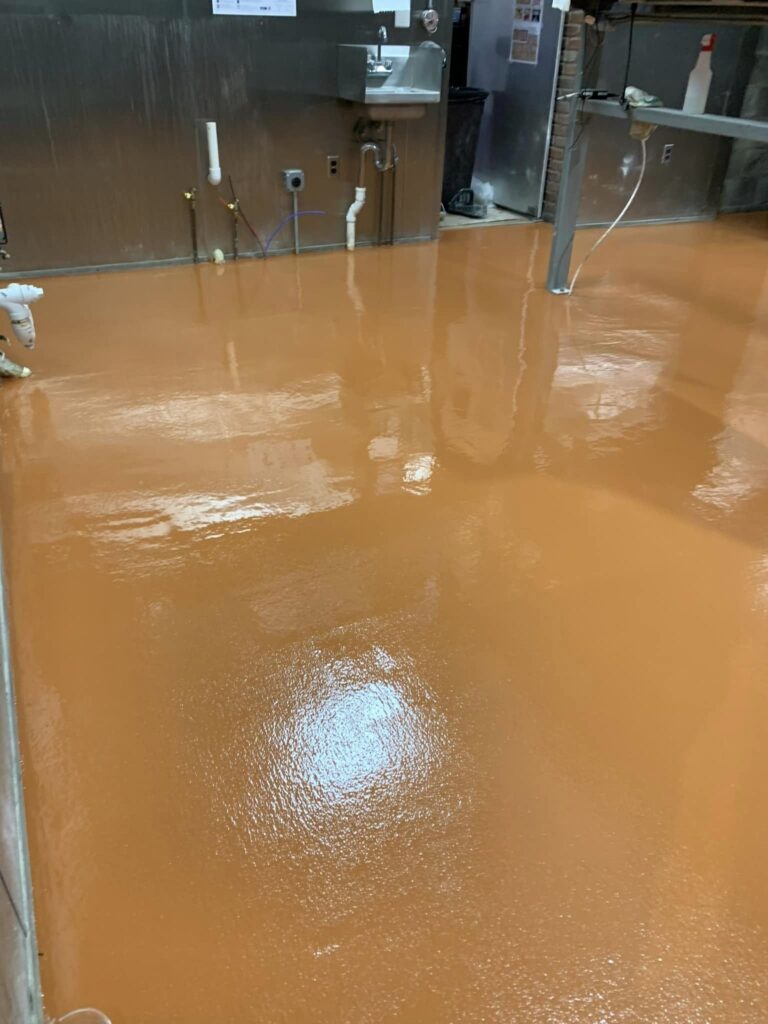The flooring of your restaurant is one of the most crucial aspects of your building’s design. It sets the tone for the atmosphere of your space and it’s critical to ensure that you choose the right material that will hold up to heavy foot traffic, spills and stains while being easy to maintain. You can’t afford to make a mistake with flooring, especially if it’s a restaurant that serves as a high traffic area. You need to choose a practical yet aesthetically pleasing flooring option that is functional. In this post, we will give you some tips on what you need to consider while choosing restaurant flooring.
Durability:
The first thing you want to consider when choosing restaurant flooring is its durability. You need a flooring option that can hold up to constant foot traffic, spills, and stains without wearing down too fast. Vinyl, tile, and concrete are some of the best options to look at. They are already relatively easy to clean and don’t require extensive maintenance. They can also handle the weight of heavy furniture, including heavy equipment that is required in a restaurant, like freezers, ovens, and prep tables.
Aesthetic Appeal:
While durability is important, the aesthetics of the flooring are equally as critical as they set the tone for the atmosphere of your establishment. Restaurants thrive on creating an ambiance and ensuring the overall experience for the customer is positive. So, it’s important to choose a flooring material that matches the theme or the décor of your restaurant. For instance, hardwood, carpet, or laminate flooring may add a more homely or rustic feel compared to industrial or science-themed flooring like concrete or tiles. It all depends on what “feel” you’re aiming for.
Budget:
Budget is critical when selecting restaurant flooring because you don’t want to cut into your potential profits. Some materials may look great synthetically but have a high price point. So, you need to strike a balance between the aesthetic element alongside the cost-efficiency of the installation, maintenance, and upkeep of the floor. Hardwood or synthetic flooring can be pricey, but they offer exceptional durability, visual appeal, and require minimal maintenance. Carpet or linoleum flooring is initially a cheaper option, but you need to factor in their wear-and-tear over time and maintenance costs.
Safety:
Safety should always be a top priority when you install restaurant flooring. You want to ensure your visitors are safe as you could be held liable for any harm that may occur. Non-slip tiles are an excellent option for areas such as kitchens where there are spills, water, and grease. Concrete is also a good option as it’s slip-resistant and can help increase visibility. Safer floor options are also great for the overall aesthetic of your restaurant – you wouldn’t want any accidents in your establishment.
Professional Installation:
Lastly, but most importantly, having your restaurant flooring installed by professionals is an excellent way to ensure the quality and safety of your flooring. Professionals will know which materials and brands are reliable, the best installation approaches, and how to install them with as minimal disruption as possible. In addition, contractors will guarantee your flooring is installed to specific safety standards to minimize liability and litigation issues.
Conclusion:
Having the appropriate flooring installed in your restaurant is crucial to the success of your business. You want your customers to feel safe, comfortable, and enjoy the ambiance of your establishment. Remembering to consider durability, aesthetic appeal, budget, safety, and professional installation is vital when selecting a restaurant floor.
Take the time to explore each option with your contractor, and then make an informed choice that suits your business. A successful floor translates to a successful restaurant, and it all begins with what you put on the ground.

